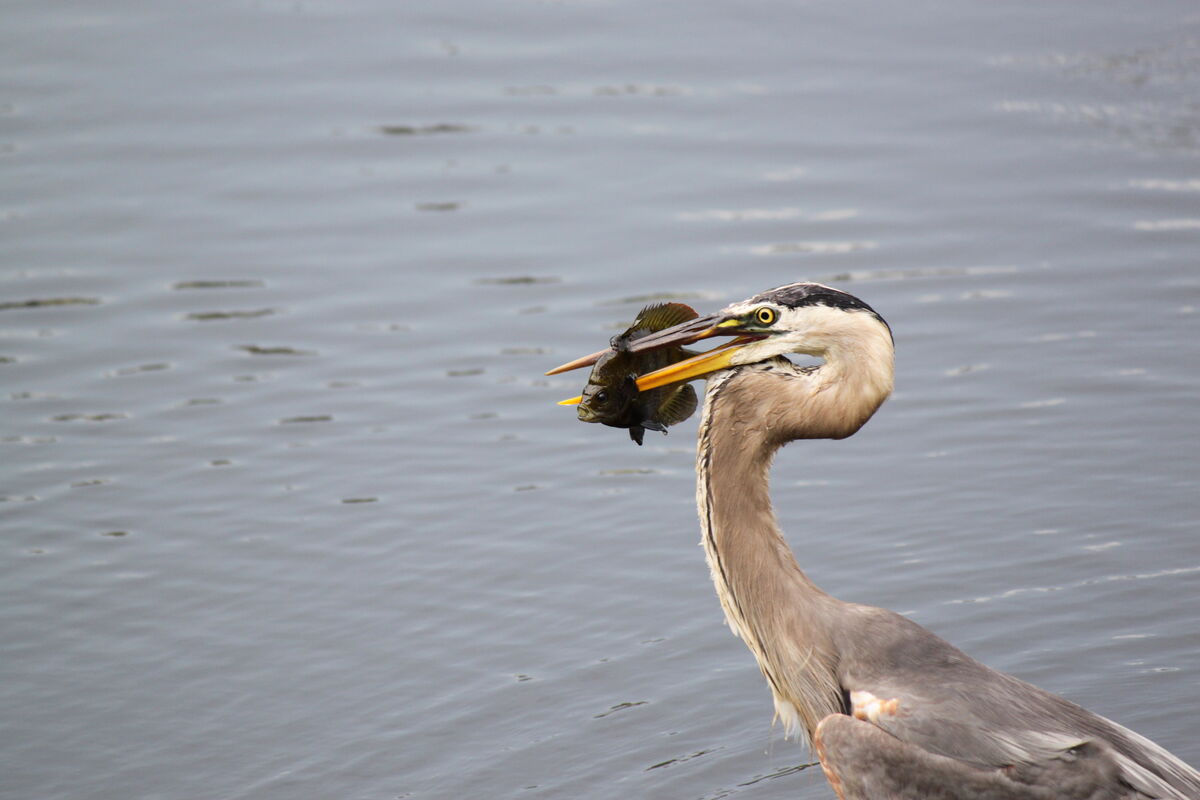Individuals living in the same community are not isolated from one another. They engage in relationships that can bring both advantages and disadvantages. Several types of relationships can develop between individuals of the same species (intraspecific relationships) or between individuals of different species (interspecific relationships).
The impact of relationships between individuals can be summarized as follows:
| Species A | Species B | |
| Competition | - | - |
| Predation | + | - |
| Parasitism | + | - |
| Symbiosis | + | + |
| Mutualism | + | + |
| Commensalism | + | 0 |
where “-” represents a disadvantage, “+” represents an advantage and “0” represents a neutral impact.
Competition is a relationship between species that need the same resources (food, water, territory, etc.). One of the species, usually the best adapted, will take advantage of the resources available in the environment.
Competition between two species is referred to as interspecific. However, two individuals of the same species can also compete. This form of competition is called intraspecific. For example, when two males want to breed with the same female, they will often fight, and the winner will have the opportunity to reproduce.
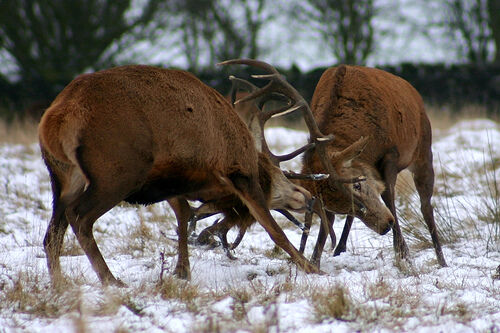
Predation is a relationship in which one species (the predator) consumes another (the prey).
This type of relationship includes carnivores (predation on other animals) and herbivores (predation on plants).
Parasitism is a relationship where one species (the parasite) takes advantage of another species (the host) by harming it.
The parasite can live inside its host (endoparasite) or on it (ectoparasite). During its biological cycle or part of its cycle, the parasite lives and reproduces on one or more hosts.
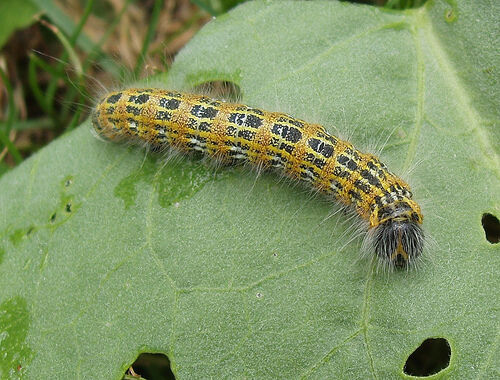
A caterpillar can be considered a parasite because it feeds on the leaves of a tree and weakens it.
Unlike predators, parasites do not kill their host, because their survival depends on it. However, they can weaken the host or cause a potentially fatal disease.
Symbiosis is a relationship where the survival of two species depends on their partnership.
Lichens are one example of symbiosis. Another example are the microorganisms found inside the digestive systems of animals, such as those that allow grazers to digest cellulose.
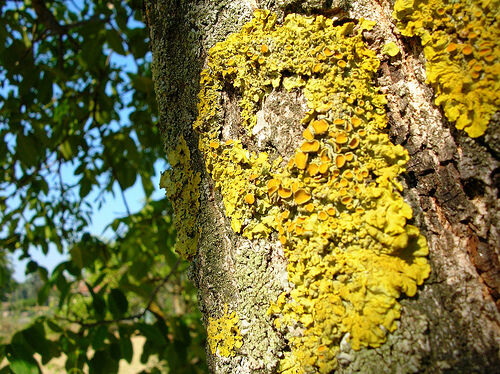
Lichens arise from symbiosis between fungi and algae or cyanobacteria.
Mutualism is a cooperative relationship, where two species derive an advantage that may be related to protection, movement or food. However, this relationship is not essential to the survival of the two species.
Mutualism does not only take place between two animal species. Bees pollinating plants is an example of mutualism: bees benefit from feeding on the nectar in the flowers and plants benefit from the pollination performed by the bees. However, while this relationship is mutually beneficial, it is not essential for the survival of either species, because bees have other sources of food and plants have other pollinators.
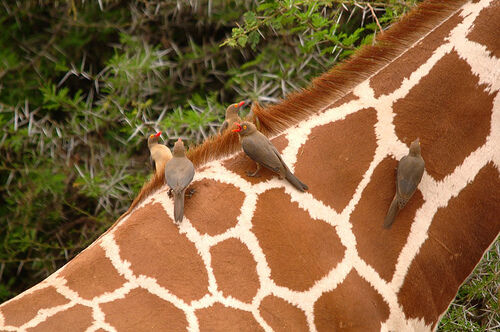
Commensalism is a relationship between two species that benefits only one of them (the commensal). The other species (the host) suffers no damage and receives no benefit.
In this type of relationship, it is important to remember that the presence or absence of the commensal does not change anything in the life of the host.
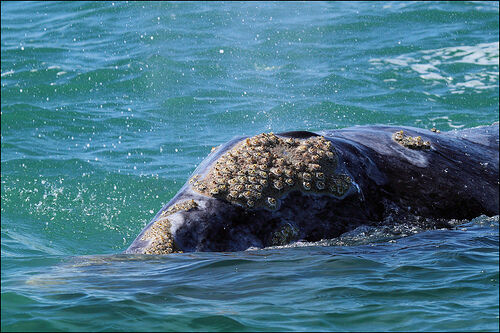
The barnacle is a species of crustacean that can attach itself to the backs of certain animals, such as whales and sea turtles, without harming them.
